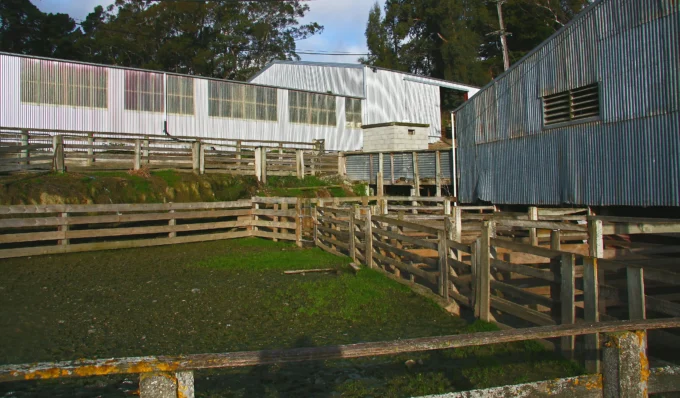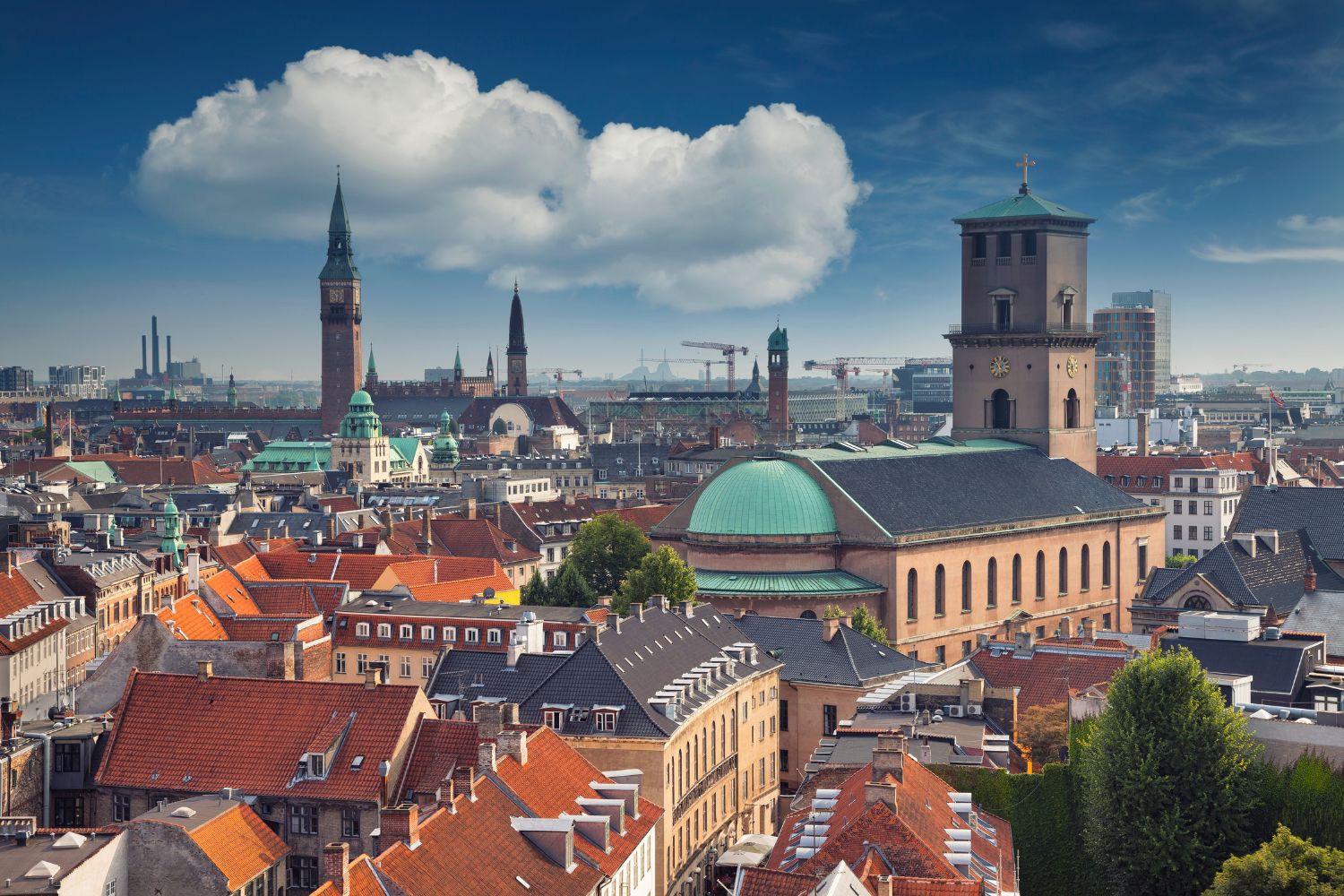- Home
- Articles
- Architectural Portfolio
- Architectral Presentation
- Inspirational Stories
- Architecture News
- Visualization
- BIM Industry
- Facade Design
- Parametric Design
- Career
- Landscape Architecture
- Construction
- Artificial Intelligence
- Sketching
- Design Softwares
- Diagrams
- Writing
- Architectural Tips
- Sustainability
- Courses
- Concept
- Technology
- History & Heritage
- Future of Architecture
- Guides & How-To
- Art & Culture
- Projects
- Interior Design
- Competitions
- Jobs
- Store
- Tools
- More
- Home
- Articles
- Architectural Portfolio
- Architectral Presentation
- Inspirational Stories
- Architecture News
- Visualization
- BIM Industry
- Facade Design
- Parametric Design
- Career
- Landscape Architecture
- Construction
- Artificial Intelligence
- Sketching
- Design Softwares
- Diagrams
- Writing
- Architectural Tips
- Sustainability
- Courses
- Concept
- Technology
- History & Heritage
- Future of Architecture
- Guides & How-To
- Art & Culture
- Projects
- Interior Design
- Competitions
- Jobs
- Store
- Tools
- More
Discovering Hybrid Cities: The Future of Sustainable Urban and Rural Living
Explore the innovative concept of hybrid cities, where urban and rural living merge to create sustainable, community-centric environments. This article delves into the features that make hybrid cities thrive, such as smart technologies, diverse transportation options, and green spaces. Learn how these ecosystems enhance quality of life while addressing social equity and infrastructure challenges.

As urban landscapes evolve, the concept of hybrid cities is capturing our imagination. These innovative spaces blend the best of urban and rural living, creating environments that prioritize sustainability, connectivity, and community. Imagine a city where green parks coexist with bustling marketplaces and smart technology enhances everyday life.
In this article, we’ll explore how hybrid cities are reshaping our understanding of urban living. By integrating nature, technology, and social interaction, these cities offer a glimpse into a future where our living spaces are not just places to reside but thriving ecosystems. Join us as we delve into the features that define hybrid cities and the benefits they bring to our communities.

Table of Contents
ToggleOverview of Hybrid Cities
Hybrid cities blend urban and rural elements, creating environments that prioritize sustainability, connectivity, and community engagement. These innovative spaces feature integrated ecosystems, where urban architecture coexists with green spaces, fostering a vibrant quality of life.

Hybrid cities excel by incorporating diverse transportation options, smart technologies, and energy-efficient designs. Urban areas include public transport systems and pedestrian-friendly pathways, while rural aspects integrate parks, gardens, and agricultural spaces, promoting ecological balance.
Hybrid cities emphasize social interaction through shared public spaces, community facilities, and local marketplaces. These aspects nurture strong connections among residents, encourage collaboration, and foster a sense of belonging within the community.
The design of hybrid cities enhances the well-being of inhabitants by providing access to nature, reducing pollution, and promoting healthier lifestyles. By implementing strategies that prioritize mental and physical health, hybrid cities serve as models for future urban development.
Hybrid cities illustrate a transformative approach to living that values both urban conveniences and rural tranquility, offering a blueprint for sustainable community building.
Characteristics of Hybrid Cities
Hybrid cities feature unique characteristics that enhance living experiences, combining elements of urban and rural environments. Key components include the integration of technology and sustainable design principles.

Integration of Technology
Integration of technology plays a crucial role in hybrid cities, enabling connectivity and efficiency. Smart infrastructures, such as responsive traffic signals and real-time public transport updates, improve mobility. Residents benefit from integrated apps that facilitate access to city services and community events. Automated waste management systems help optimize resource use. High-speed internet access enhances remote work opportunities, allowing residents to live in tranquil surroundings while staying connected. Advanced monitoring systems promote energy conservation and public safety.
Sustainable Design Principles
Sustainable design principles form the backbone of hybrid cities, focusing on environmental preservation and resource efficiency. Green building practices, such as solar energy systems and rainwater harvesting, reduce carbon footprints. Urban green spaces, including parks and community gardens, enhance biodiversity while improving air quality. Mixed-use developments encourage walkability, decreasing reliance on fossil fuels. Localized food systems support agriculture in urban settings, promoting food security and community resilience. By prioritizing sustainability, hybrid cities foster healthier environments for current and future generations.
Benefits of Hybrid Cities
Hybrid cities offer numerous advantages that enhance living standards, stimulate economies, and promote sustainability. By merging urban and rural elements, these cities cater to diverse lifestyles and needs.

Enhanced Quality of Life
Hybrid cities significantly enhance the quality of life for residents. Access to green spaces leads to improved mental health and physical well-being. Natural environments encourage outdoor activities, fostering a healthier lifestyle. Efficient public transportation systems reduce commute times, allowing more time for leisure and family. Additionally, mixed-use neighborhoods foster social cohesion by offering community amenities, such as parks, shops, and cultural venues. This integration supports local businesses and encourages social interaction among residents, creating vibrant, engaged communities.
Economic Growth Opportunities
Hybrid cities create various economic growth opportunities. Localized markets and urban agriculture promote food security and create jobs in the food supply chain. Infrastructure investments, such as smart technologies and renewable energy systems, attract businesses seeking sustainable solutions. The blend of urban and rural industries fosters innovation, drawing entrepreneurs and startups to thrive in these dynamic environments. Moreover, efficient transport networks enhance access to jobs, expanding the workforce and facilitating regional economic development. This interconnectedness positions hybrid cities as economic hubs of the future.
Challenges in Developing Hybrid Cities
Developing hybrid cities poses significant challenges that require careful consideration and strategic planning. We must address these obstacles to create functional, inclusive, and sustainable environments.

Infrastructure Limitations
Infrastructure limitations remain a critical challenge in developing hybrid cities. Many urban areas lack the necessary road networks, public transportation systems, and energy sources to support increased population densities. Insufficient investment in smart technologies, such as high-speed internet and efficient waste management systems, hinders residents’ quality of life. Upgrading existing infrastructures demands significant funding, coordination, and foresight. Cities often face difficulties balancing new developments with the maintenance of current assets, complicating efforts to create seamless connectivity across diverse environments.
Social Equity Concerns
Social equity concerns emerge as a central issue when developing hybrid cities. Without careful planning, disparities in economic and social opportunities can widen between different community segments. Access to quality housing, education, and employment must remain equitable for all residents. It’s crucial to involve diverse groups in the decision-making process to ensure conflicting perspectives are addressed. By focusing on inclusive policies, developers can promote affordable housing initiatives and support local businesses. Addressing these social challenges fosters a sense of belonging among residents and builds cohesive, thriving communities.
Case Studies of Successful Hybrid Cities
We can observe several successful examples of hybrid cities that effectively blend urban and rural elements to create sustainable environments.

1. Copenhagen, Denmark
Copenhagen stands out for its commitment to sustainability and smart urban planning. The city’s bike-friendly infrastructure encourages cycling over driving, significantly reducing carbon emissions. We note the integration of green spaces, such as parks and gardens, throughout the urban landscape. This commitment extends to the development of mixed-use neighborhoods that promote social interaction and lessen reliance on cars.
2. Singapore
Singapore exemplifies a hybrid city that merges urban density with nature. The city-state’s vertical gardens and extensive park systems enhance biodiversity while providing residents access to nature. Smart technologies significantly improve transportation efficiency, with features like a comprehensive mass transit system and real-time data for commuters. Mixed-use developments foster community engagement and economic activity, making Singapore a leading model for urban sustainability.
3. Melbourne, Australia
Melbourne employs a hybrid model through its integration of public transport, green spaces, and community hubs. The city promotes a walkable environment with pedestrian-friendly streets and efficient tram services. Our analysis of Melbourne reveals its support for local markets and urban agriculture, which boosts community resilience and food security. The focus on inclusive design creates spaces that cater to diverse populations, enhancing social integration.
4. Freiburg, Germany
Freiburg showcases a balance between urban living and environmental sustainability. The city’s extensive solar power initiatives and energy-efficient buildings reduce its ecological footprint. We see strong public transportation systems that link various neighborhoods, encouraging residents to rely less on private vehicles. Community-driven initiatives promote local food systems and public engagement, vital for fostering a sense of belonging.
5. Medellín, Colombia
Medellín represents a transformative example of hybrid urban development. Innovative urban interventions, like the Metrocable aerial tramway, connect isolated communities to the city’s center, facilitating access and mobility. Green spaces and vibrant public plazas foster social interaction and economic opportunities. We recognize Medellín’s emphasis on inclusive urban policies that address social inequities, positioning it as a model for emerging hybrid cities.
Each of these hybrid cities implements strategies that prioritize sustainability, community engagement, and efficient use of resources. These case studies illustrate varied approaches to creating environments where urban and rural qualities coexist harmoniously, contributing to enhanced quality of life for residents.
Conclusion
Hybrid cities embody a transformative vision of urban living by seamlessly integrating urban and rural elements. We observe that they prioritize sustainability, technological innovation, and community engagement to foster thriving ecosystems. These cities enhance quality of life through diverse transportation options, such as walking, biking, and efficient public transit, connecting residents to essential services and green spaces.
Despite the challenges of developing hybrid cities, such as infrastructure limitations and social equity concerns, strategic planning presents opportunities for growth. Investment in smart technologies and inclusive policies is vital for ensuring equitable access to resources for all residents. The case studies we’ve explored, including Copenhagen, Singapore, Melbourne, Freiburg, and Medellín, highlight successful strategies that create sustainable environments while promoting strong community ties.
Hybrid cities represent a forward-thinking approach, demonstrating how urban and rural coexistence can foster resilience and well-being. By focusing on innovative designs, enhanced connectivity, and active community participation, these cities pave the way for a more sustainable future.
- eco-friendly cities
- environmentally friendly cities
- future of urban living
- future urban planning
- green urban development
- hybrid cities
- rural sustainable development
- smart sustainable cities
- sustainability in cities
- sustainable city planning
- sustainable rural living
- Sustainable Urban Living
- urban sustainable development
- urban-rural balance
- urban-rural integration
I create and manage digital content for architecture-focused platforms, specializing in blog writing, short-form video editing, visual content production, and social media coordination. With a strong background in project and team management, I bring structure and creativity to every stage of content production. My skills in marketing, visual design, and strategic planning enable me to deliver impactful, brand-aligned results.
Submit your architectural projects
Follow these steps for submission your project. Submission FormLatest Posts
Copenhagen Named the Happiest City in the World in 2025
Copenhagen has been named the happiest city in the world in 2025...
Frank Gehry’s Transformative Ideas in Urban Design
Frank Gehry’s influence extends far beyond expressive architecture; his ideas have reshaped...
Architecture as Infrastructure: Designing Beyond Buildings
Architecture as infrastructure reframes cities as systems—flows, lifecycles, and value. Explore resilient...
Designing for Emotional Urbanism: How We Shape Cities People Actually Feel Good In
Emotional Urbanism: a practical guide to design that reduces stress, boosts dwell...












Leave a comment